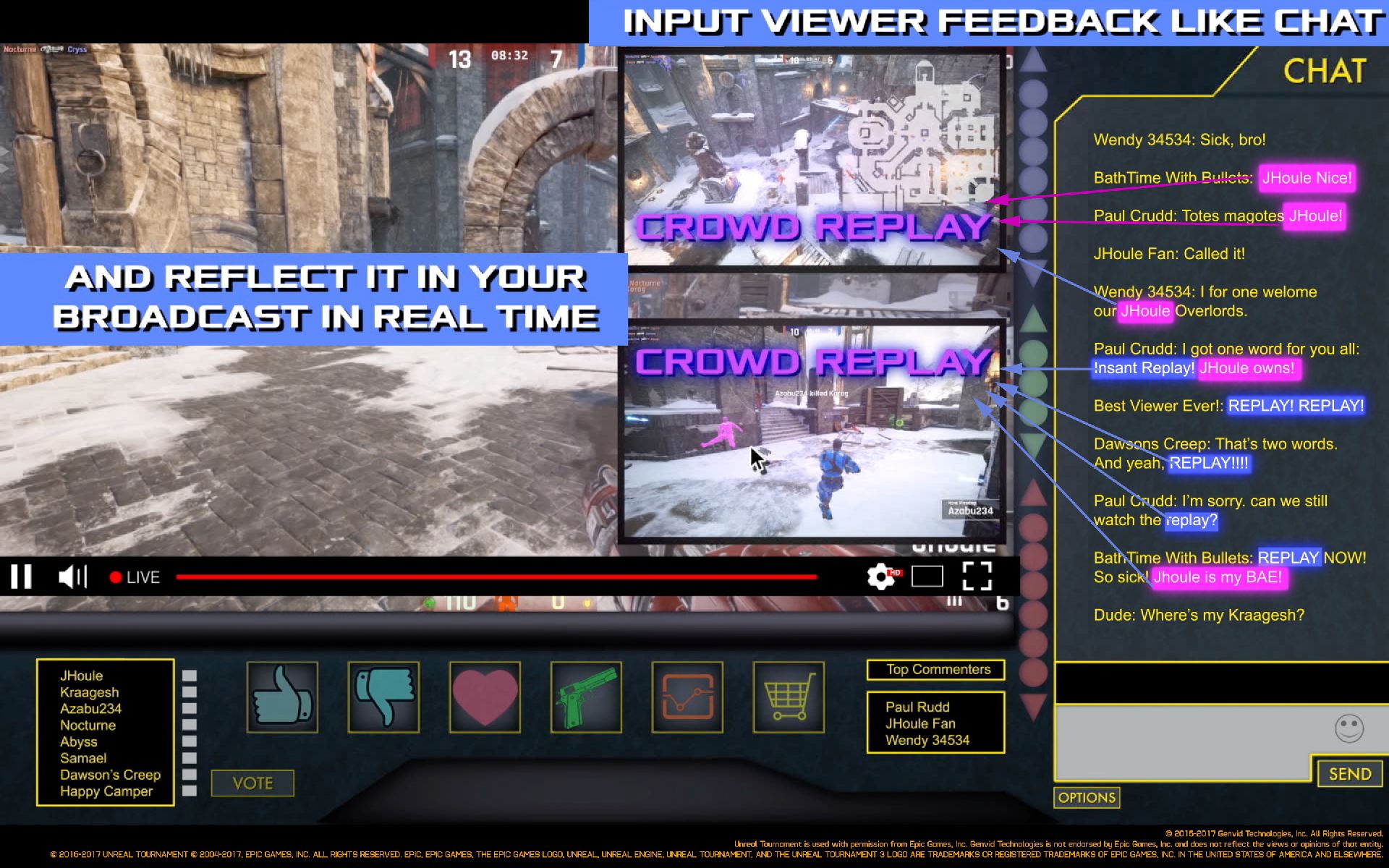Twentieth Century Fox is celebrating Alien Day (April 26, a nod to planet LV-426 from the original film) with a free Oculus Rift and Samsung Gear VR 360-degree experience called Alien: Covenant In Utero. Fox also has a trailer for the short, which allows fans to experience the birth of an alien Neomorph (a new alien type featured in Covenant) through its human host.
The free experience was created by Fox, FoxNext VR Studio, RSA VR, MPC VR, Mach1 and technology partners AMD and Dell. Fox is using the experience to promote the upcoming Alien: Covenant film from Ridley Scott, which opens in the US May 19. The experience has been regionalized to support 12 languages, which will allow Fox to market the movie globally beginning May 10.
Scott, who also produced The Martian VR Experience for Fox, enlisted director David Karlak to create Alien: Covenant In Utero.
“Ultimately, we treated this project as starting from square one,” Karlak told AListDaily. “The Martian VR Experience was successful in marketing the film by allowing fans to step into the shoes of Mark Watney. We wanted this to feel more cinematic and have it feel like the movie, rather than run it inside a game engine. We used the same assets and artists from the movie for the VR experience.”
As the teams worked on set, the virtual reality unit of MPC (MPC VR) simultaneously developed the immersive experience. Assets for the film were immediately applied to the production of the Alien: Covenant In Utero project. Additionally, the motion capture work for the piece was done at the Technicolor Experience Center (TEC). Through the development process, MPC utilized both AMD Ryzen and Radeon technologies using Dell Inspiron systems.
Karlak said the idea for this baked 360 experience couldn’t be done practically because the confined space was too small for a stereo camera rig, so he decided to go the computer-generated route.
“As we go through the four stages of growth of the Neomorph inside the womb the creature has created inside the host in 60 seconds, we asked ourselves how to make this as cinematic and as realistic as possible,” Karlak explained. “We used the digital creature and digital environments from the film and laser scanned photography from the sets. We even used the same digital doubles from the film, repurposing these assets we already had and then just adding more details and changing some things around.”
The alien chest-bursting sequence from the original film remains a key piece of cinematic history. Scott tasked Karlak with taking that moment and reconceptualizing it to make it exciting for a new audience.
“I was asked to take it to a different place—that of VR,” Karlak said. “I was fortunate to work with the assets that were created for the film and have Scott as a resource throughout the process as we went into this uncharted realm.”
Karlak had to discover how this creature perceives the world from its perspective. “Up until this time, we’ve always been on the receiving end of the Xenomorph,” Karlak said. “What’s it like to be that creature? Entering the mind of the creature was the first step in making a lot of the aesthetic choices we ultimately went with in this experience.”
Alien has remained a key brand for Fox, even when Scott wasn’t working on the prequels. The creatures have starred in theatrical spin-offs like the Alien vs. Predator franchise, which itself has spanned comics, movies and video games. Alien comics and video games have been released over the years, and now Fox has a brand new Alien: Covenant mixed reality experience (which debuted at CES) and a separate interactive VR experience (directed by Karlak) in the works.
“I’m not involved in the mixed reality Alien, but I’m working on the immersive standalone VR story, although I can’t tell you the title,” Karlak said.
The official press release for The Alien: Covenant VR Experience explains that, like The Martian VR Experience, it will be released across all platforms and be a paid experience. The release also promises “a dread-inducing journey into the depths of the Alien universe. Viewers will discover the true meaning of terror as they navigate through horrifying alien environments and a story where every decision could mean the difference between life and death.”
When it comes to the Alien brand, Karlak said Scott inspired him to become a filmmaker.
“The first time I saw Alien, not only did it terrorize me, but it pulverized me visually,” Karlak said. “It set me on my journey to become a filmmaker. I still go back and watch that film because it’s able to find beauty in violence. That’s what makes the Alien franchise so unique. It checks the boxes of being an amazing horror and an amazing sci-fi film. But it’s also able to find this elegance and beauty in the otherworldly—and that’s to Ridley’s credit. His reverence to high art seeps out of every pore. Early on, I told everyone we need to make this experience as beautiful as it is immersive.”
Karlak also said that everything from the visuals to the sound of the experience takes cues from the original Alien film.






